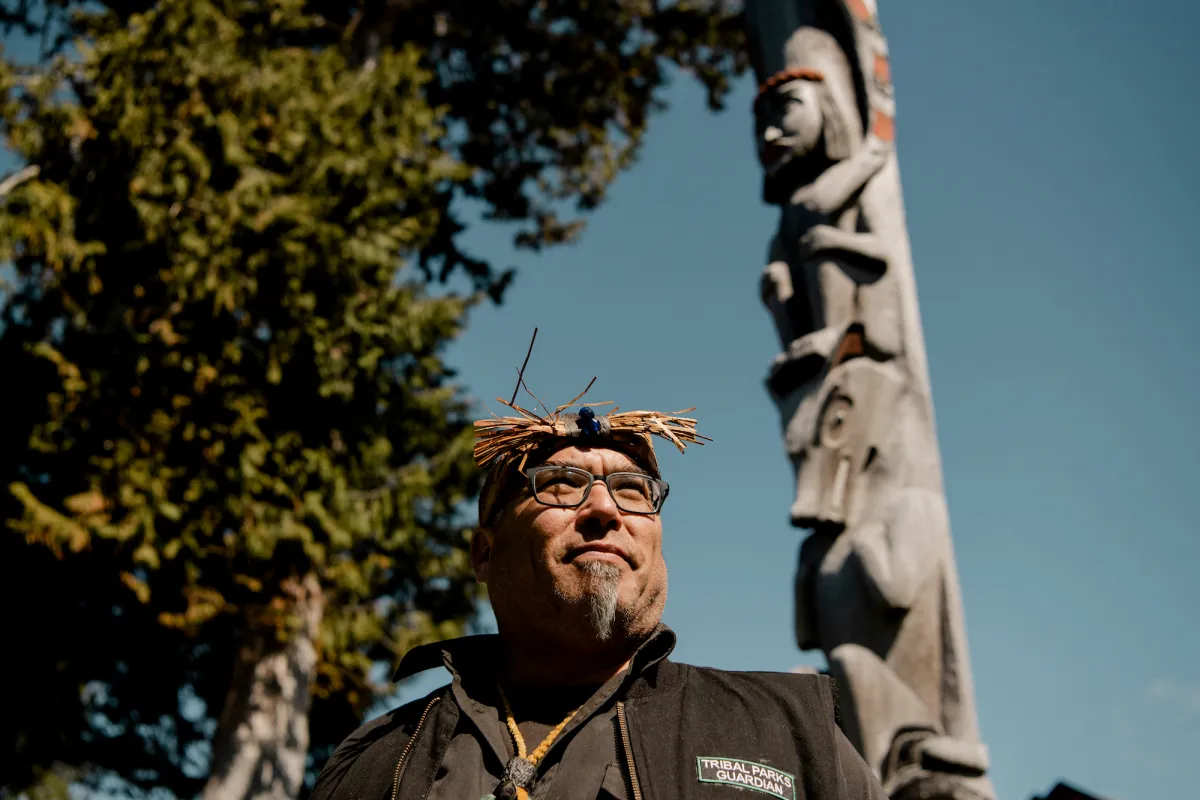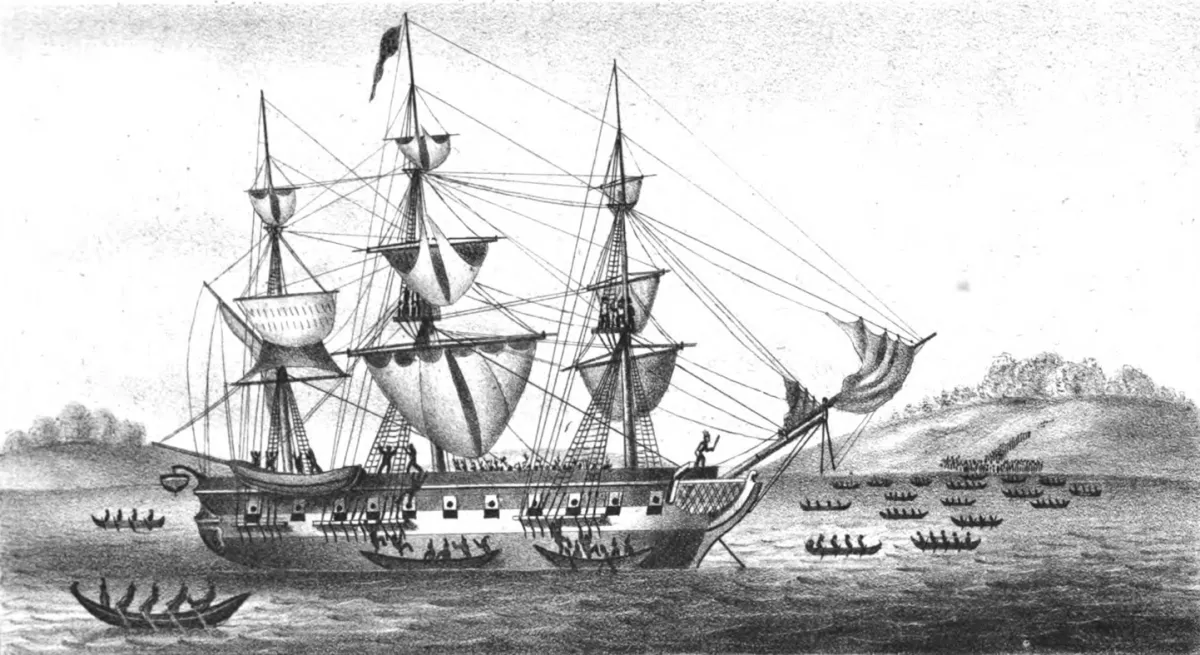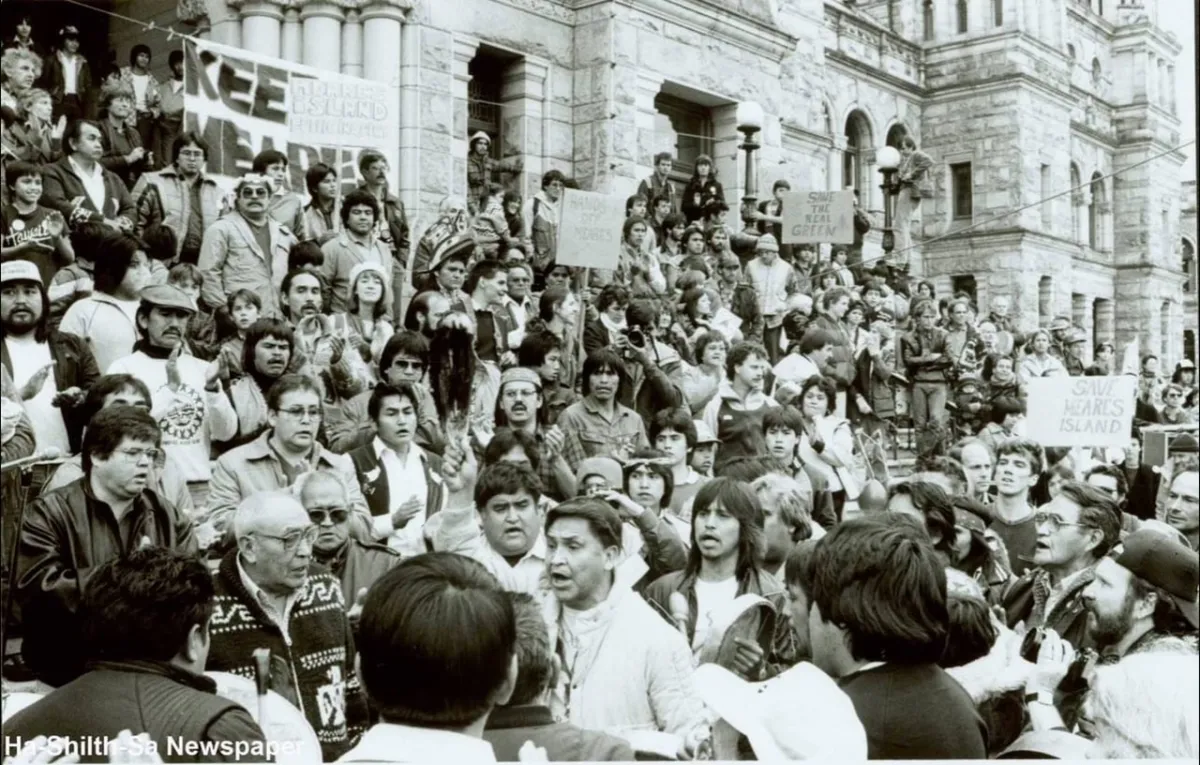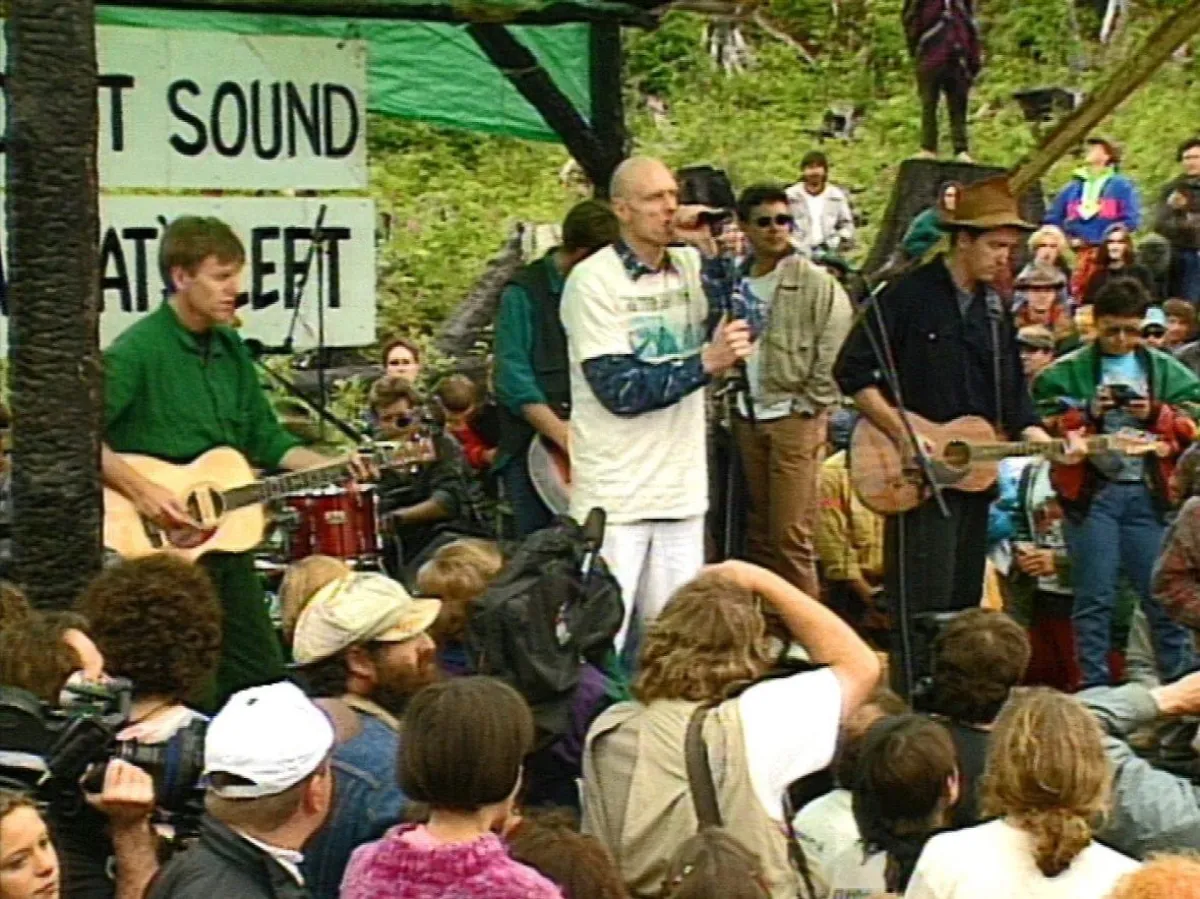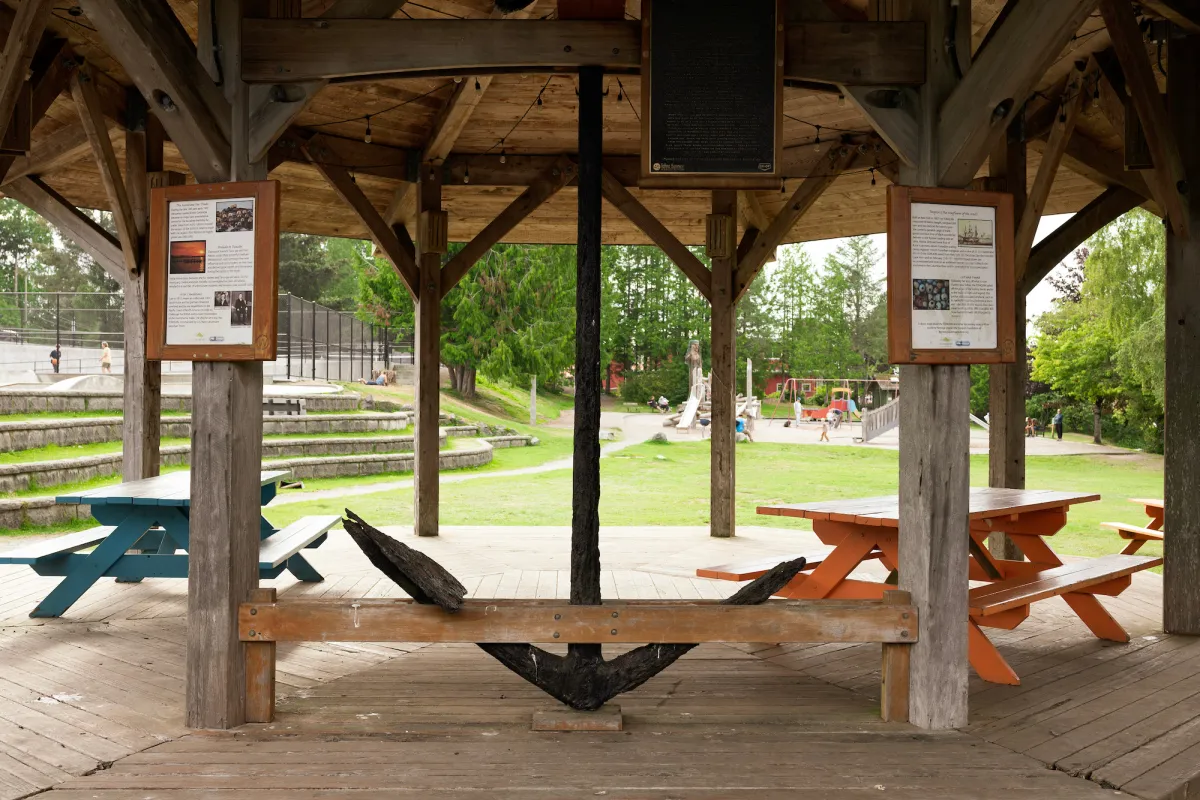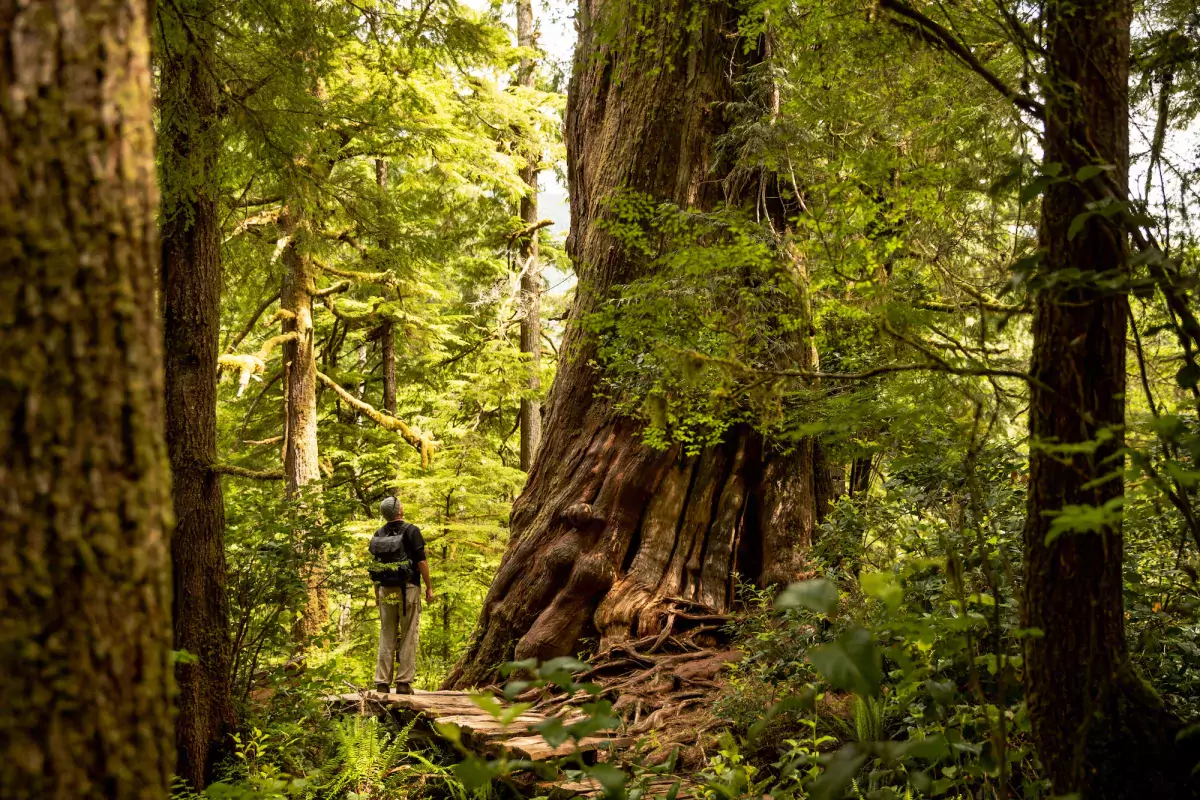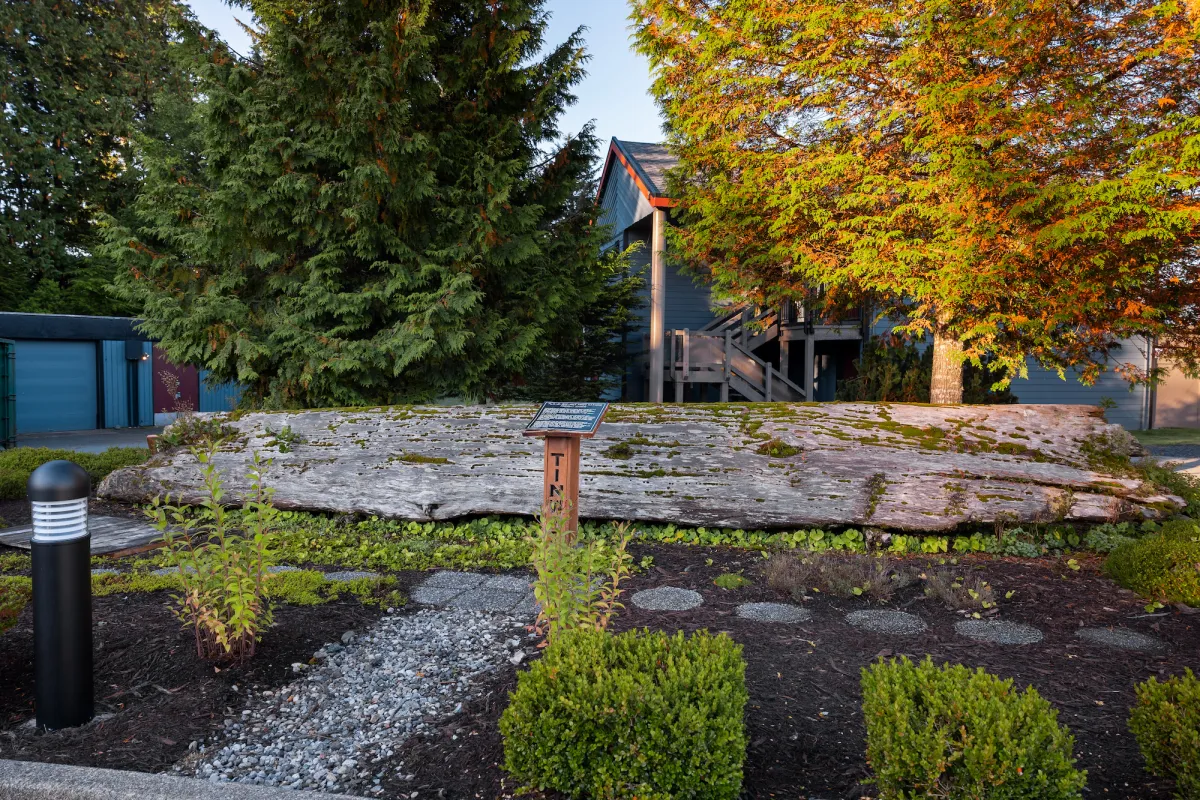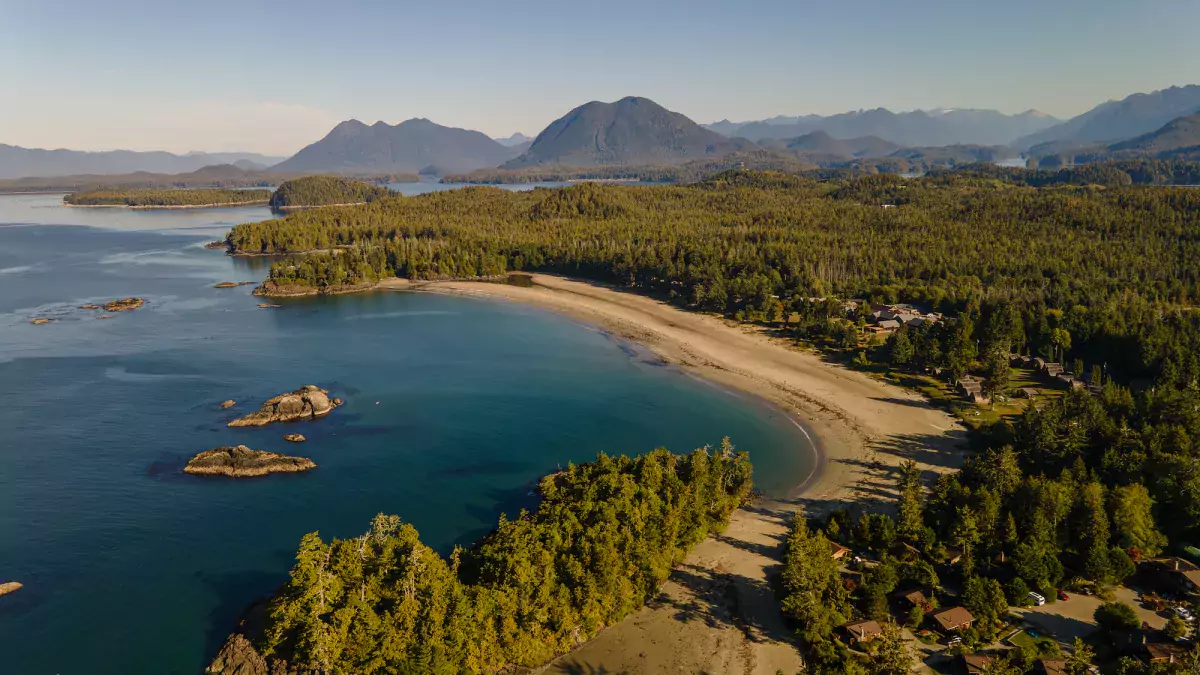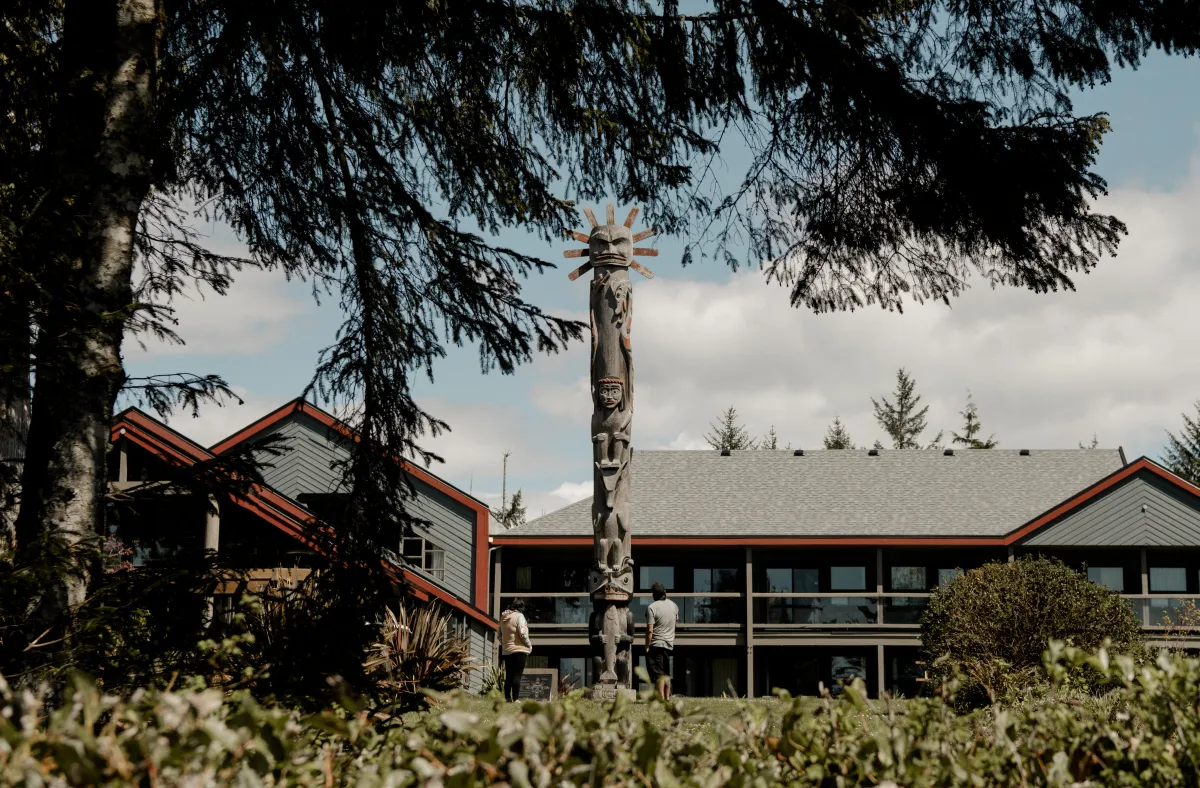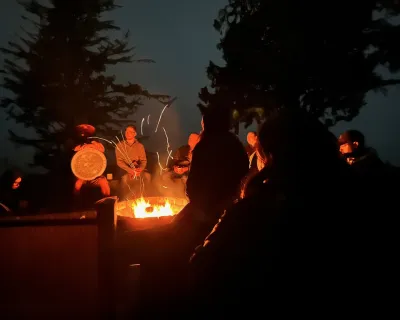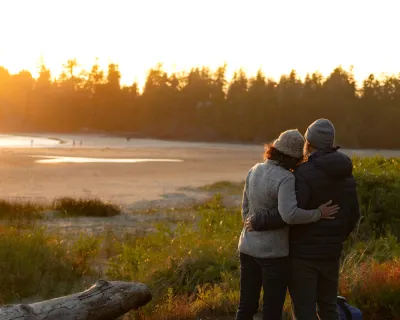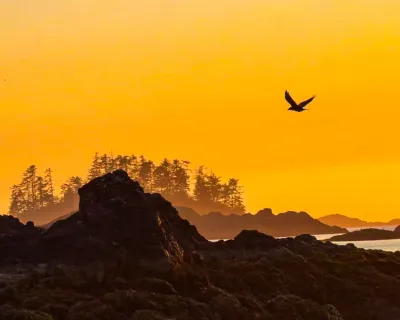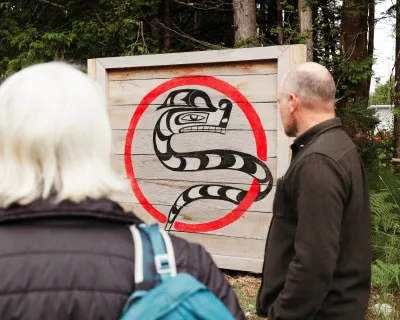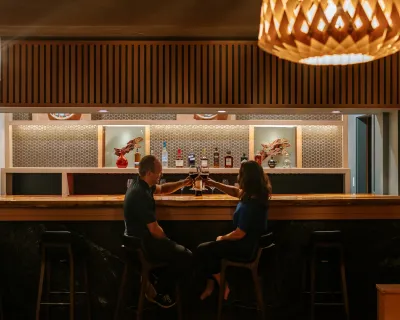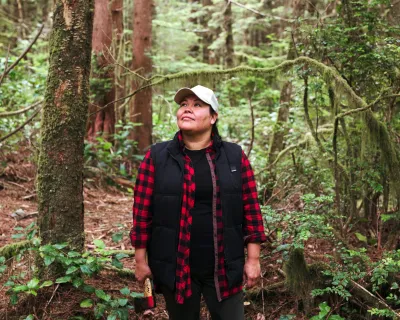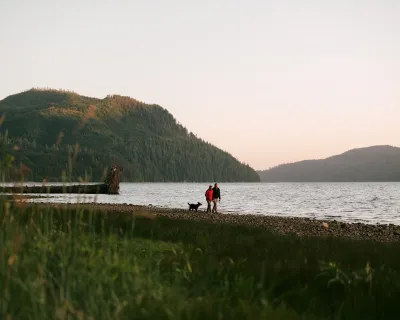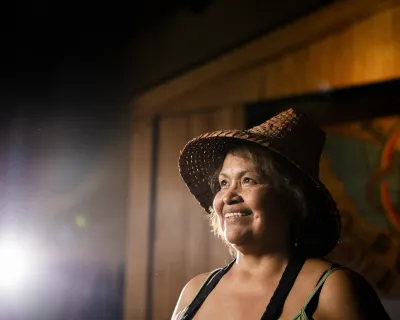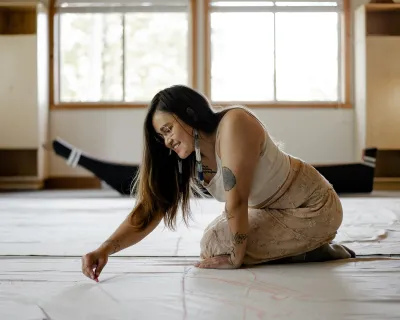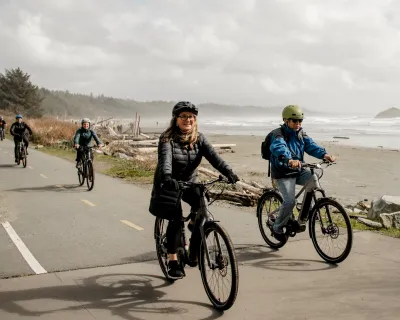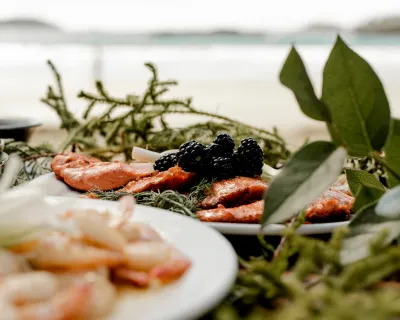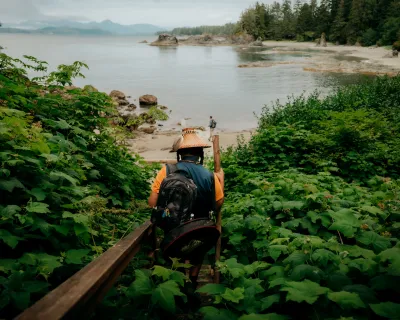Tla-o-qui-aht First Nation history from 1811 to War in the Woods
Tla-o-qui-aht First Nation homelands Tofino, the 51st state? Imagine your visit to Tofino and Vancouver Island involved passing through an international border crossing into the US. It may sound far-fetched, but it almost happened.
Just think, when you go to pay for your Tofino surf lessons on Long Beach, you could have been paying in American dollars had it not been for Tla-o-qui-aht First Nation.
On your path to reconciliation, Tla-o-qui-aht First Nations' Director of Lands and Resources Saya Masso invites you to head through time with him in this history of one of Turtle's Islands most storied First Nations, from 1811 to War in the Woods, to the foundation of one of the world's first Indigenous Protected Conservation Areas (IPCA).
Tla-o-quiaht First Nation history in the making
Watch this video and read on to learn more about Tla-o-qui-aht history.
Battle of the Tonquin
Evidence of the Battle of the Tonquin can be found all over town. The battle marks a point in history, 1811, when the US were gunning to take over this part of the world.
The Battle of the Tonquin was a bloody battle that saw the uninitiated bombing of Tla-o-qui-aht’s Opitsaht village. In response, the Nation—during an overnight raid—sank the US vessel the SS Tonquin, literally turning the tide on the coast.”
The trade dispute between Tla-o-qui-aht First Nation and the Tonquin, let to a raiding upon the American Military Fort, (FortDefiance on Meares Island) and upon leaving the harbour the Tonquin bombed the village of Opitsaht. And upon its return the next year or so, the Tonquin was raided and sank in final resolution to the trade dispute.
Land and cultural battles continue
Assaults on Tla-o-qui-aht’s land continued through the years. There was the 60’s scoop, taking many children out of their homes and into residential schools.
Then in 1984 a clash with the BC Government and MacMillan Bloedel that saw one of the biggest civil uprisings in Canadian History, known as the “War in the Woods.”
War in the Woods
What was the War in the Woods? It’s a pivotal moment in West Coast history that should be better known to all Canadians.
It was this moment that put Tla-o-qui-aht First Nation on the world map and why today it's one of this countries most visited and revered tourism destinations.
In that iconic faceoff, the BC Government and Macmillan Bloedel led the assault to take down Tla-o-qui-aht and neighboring Ahousaht First Nation's old growth forests.
The Tla-o-qui-aht Nation stood firm, and—alongside Ahousaht Nation and thousands of Canadians who came to stand alongside them—not only saved those trees from being cut but established one of the world's leading examples of Indigenous lands rights expressions, known as Tla-o-qui-aht Tribal Parks.
A guided tour of Tla-o-qui-aht history
Use this as a guide, and take a history tour through Tla-o-qui-aht First Nation's storied past.
Stop one: Village Green, downtown Tofino
Here, take in the actual anchor of the SS Tonquin. Housed in the wooden gazebo within the park, The Clayoquot Biosphere Trust has erected a plaque explaining the anchor's historical significance.
For more about the SS Tonquin, stop in to the Tofino Clayoquot Heritage Museum (331 Main Street) or pick up the book, Tonquin: The Ghost Ship of Clayoquot Sound by David W. Griffiths.
Stop two: A hike on the Big Tree Trail, Meares Island
Meares Island was the epicenter for Canada's biggest civil uprising, and the "War in the Woods." Here on Meares, you will experience some of if not the world's biggest Cedar trees.
The two-kilometer traditional cedar boardwalk will take you past the famous "Cedar of Life"-a monument to Tla-o-qui-aht First Nations' commitment to keeping these ancient gardens preserved for eternity.
Read more about this historic announcement, in June 2024 in this Ha-Shilth-Sa story.
Stop three: Tla-o-qui-aht First Nation-owned Tin Wis Resort
On site at this 85-room ocean front property you will find three pieces to Tla-o-qui-aht's history.
1) an ancient dugout canoe given people used to travel along this coast as their version of today's highway
When You Go
The spots listed above are just the start to a historical journey that will take you across one of Turtle Island's most storied communities.
Where to stay book yourself a room at the Tin Wis Resort, or a cabin at the Tla-o-qui-aht owned Tsawaak RV Park and Campground so you can truly send yourself back in time.
While you're there book a cedar weaving workshop to learn more about the living history and culture of Tla-o-qui-aht First Nation.
Support Tribal Park Allies with your Tofino visit, over 125 businesses and counting that provide 1% of their profits back to Tla-o-qui-aht First Nation as an ecosystem fee for doing business within their homelands.
Book a tour Visit the Meares Island Big Tree Trail with this Tla-o-qui-aht member owned water taxi service.
Learn more about Tla-o-qiu-aht history by reading this in-depth feature on the Tin Wis Resort website.
Like Our Facebook Page

